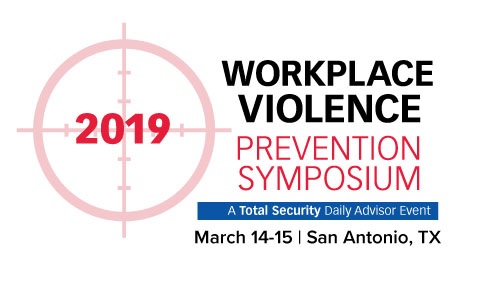Remember the parable of the blind men and the elephant? Each individual formed an false conclusion about what an elephant is based on the limited information they gathered. The man touching the elephant’s tail concluded that an elephant is like a rope, while the man touching its tusk believed that the elephant was more like a spear. The man touching its side described the elephant as like a wall. None of them could provide an accurate description, because each man had only a piece of the truth.
Predicting and preventing mass shootings is turning out to be a process somewhat like the blind men and the elephant. Not everyone who is fascinated by mass murderers is destined to become one; not every gun enthusiast is a killer in the making; and not everyone who makes an ugly threat intends to carry it out. It takes multiple red flags to reliably indicate someone who is very close to violence. Unfortunately, one person seldom sees all of the pieces of the elephant that is the imminent mass shooter.
Yesterday, we looked at two features common to mass shooters: a tendency to announce their intentions, and a fascination with previous mass murderers. Today, we’ll look at a third feature—and at the one thing that might help us to put together a clear picture of what individuals pose a serious risk of violence.
Access to Weapons
A person who is planning a shooting rampage may or may not announce his or her intentions. He or she may or may not be openly fascinated by other mass murderers. But anyone who’s serious about going on a murderous rampage absolutely has to have this one thing: access to weapons. Sometimes, when police follow up on a report of an individual who made threatening statements or who shows a troubling fondness for violence and the Unabomber, they find that the person really was equipped to carry out the threat.
That’s what happened when the Los Angeles Police Department received a tip that a recruit who failed out of the firefighting academy had threatened to come back and shoot everybody. At the man’s home, they found a massive arsenal that included semi-automatic handguns, assault rifles, and explosives. They arrested the man on a felony weapons charge. Police were confident that they had prevented a shooting incident. But there was one important ingredient in the mix in this case that is missing from many mass shooting incidents—a bystander who spoke up.
Say Something
Too often, law enforcement officials don’t find out until after a mass shooting that the shooter had spent weeks making threats on his social media page, or that he had tried to enlist a friend to participate in a shooting spree, or had gone on a firearms’ spending spree. After an incident is too late. So, why don’t people say something?
One of the problems is that the people in the best position to know these things are often the least likely to speak up. They don’t take them seriously—because the threats come from someone they don’t believe to be capable of violence. Or, they don’t think that their report would be taken seriously. But people need to hear that it’s OK to report these things. They need to hear that in order to intervene effectively, in order to prevent these kinds of incidents, it’s vital for bystanders to speak up. And it’s possible, even likely, that someone who is seriously contemplating violence wants to be stopped.

For more workplace violence prevention strategies, join us at the 2019 Workplace Violence Prevention Symposium, March 14-15 in San Antonio, Texas.
Somebody Stop Me
In 1998, the Secret Service published the results of its “exceptional case study project,” which looked at factors common to people who attack public figures. A year later, the Columbine High School massacre led the Department of Education to request a similar study. What they found was that in both cases, the violent individuals followed a predictable path. They didn’t wake up one day and just snap¸ in a way that led to murder. Rather, they displayed troubling behaviors and activities for some time before their final rampage. And, interestingly, the researchers found that the individuals also displayed a high level of ambivalence: they both wanted, and didn’t want, to go through with their planned action.
That was an unexpected finding. Contrary to the belief that individuals who plan and prepare for such rampages are determined to carry out their plan no matter what, the finding is that on some level, many of these individuals want someone to stop them. So, for every family member or close friend who is reluctant to speak up; for every authority figure who isn’t sure enough to bring an accusation, the lesson is this: Say something. It is possible, at least some of the time, to predict and prevent incidents of mass violence. But only if enough of us speak up will we have all of the pieces of the elephant in time.

